BSDF Metálico¶
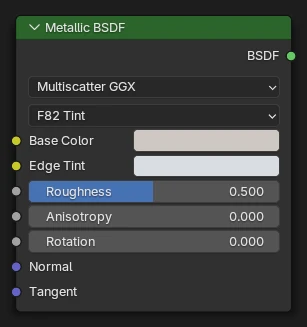
El nodo BSDF Metálico es usado para recrear la apariencia de metales.
Entradas¶
Tinte F82¶
- Color base
Color del material al ser visto desde en frente.
- Tinte lateral
Color del material al ser visto desde un ángulo de 82°.
Conductor físico¶
- IR
Índice de refracción por cada canal de color. Se trata de la parte real de un índice de refracción complejo, notado científicamente como «n».
- Extinción
Coeficiente de extinción por cada canal de color. Se trata de la parte imaginaria de un índice de refracción complejo, notado científicamente como «k».
Comunes¶
- Rugosidad
Definición del reflejo; el mismo será perfectamente definido en 0.0 y más difuminado cuanto mayor sea el valor.
- Anisotropía sólo en Cycles
Cantidad de anisotropía. Valores mayores (positivos) producirán brillos especulares alargados en dirección tangencial; valores negativos producirán brillos especulares alargados en dirección perpendicular a la dirección tangencial.
- Rotación sólo en Cycles
Permitirá rotar la dirección de la anisotropía, con un valor de 1.0 produciendo un círculo completo.
Comparado con el nodo BSDF Reflectivo, la dirección de elongación de los brillos especulares se encuentra rotada 90°. Agregar 0.25 al valor para compensarlo.
- Normal
Normal a ser usada para el sombreado; cuando no haya nada conectado a esta entrada se usará la normal predefinida de sombreado de la superficie.
- Tangente
Tangente usada para el sombreado; cuando no haya nada conectado se usará la tangente predefinida de sombreado.
Propiedades¶
- Distribución
Tipo de distribución de microfacetas a usar.
- GGX:
Distribución de microfacetas de tipo GGX.
- GGX con dispersión múltiple:
Toma en cuenta múltiples eventos de dispersión entre microfacetas. Esto produce un resultado que conserva mejor la energía, aunque en algunas ocasiones podrá ser percibido como excesivamente oscuro.
- Beckmann:
sólo en Cycles Distribución de microfacetas de tipo Beckmann.
- Tipo de Fresnel
Permitirá definir un modelo para describir la apariencia del metal, especificando el color aparente o el IR físico del material a ser recreado.
- Tinte F82:
Usará la fórmula Tinte F82 de Adobe para determinar el fresnel metálico. Esto permitirá controlar el color cerca del borde del material, de forma amigable con el artista, para simular un IR complejo.
- Conductor físico:
Aceptará mediciones del mundo real de IR complejos de metales, para poder replicar un procesamiento más preciso de metales que el posible mediante el método Tinte F82.
Será posible encontrar los valores de IR complejos de fuentes como la Base de datos basada en física para artistas CG y la Base de datos de índices de refracción nk.
Salidas¶
- BSDF
Salida estándar de sombreador.
Ejemplos¶
Tinte F82¶
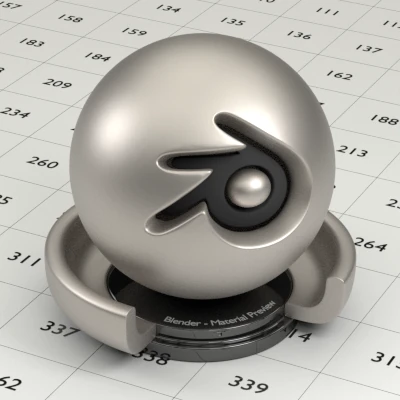
|

|
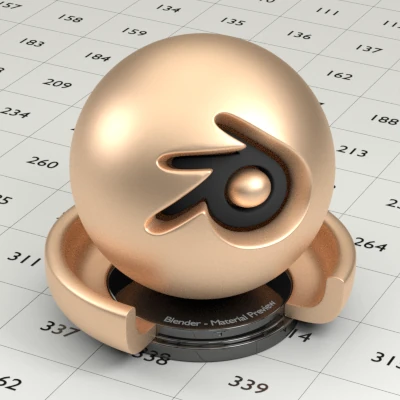
|
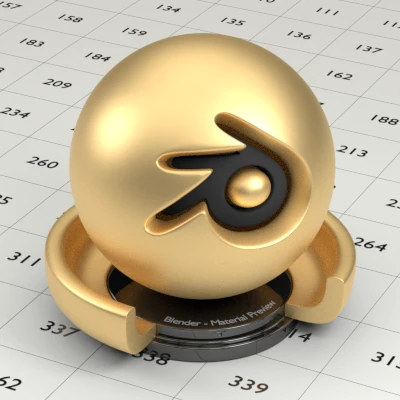
|
|
Material |
Titanio (predefinido) |
Aluminio |
Cobre |
Oro |
Color base |
0.617, 0.576, 0.540 |
0.911, 0.912, 0.917 |
0.972, 0.694, 0.486 |
1.000, 0.735, 0.353 |
Tinte lateral |
0.695, 0.726, 0.770 |
0.848, 0.877, 0.916 |
0.961, 0.969, 0.942 |
0.993, 1.000, 1.000 |
Conductor físico¶
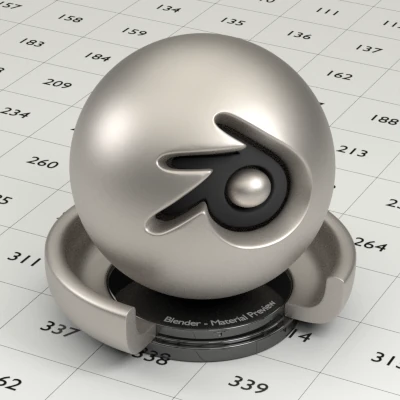
|

|
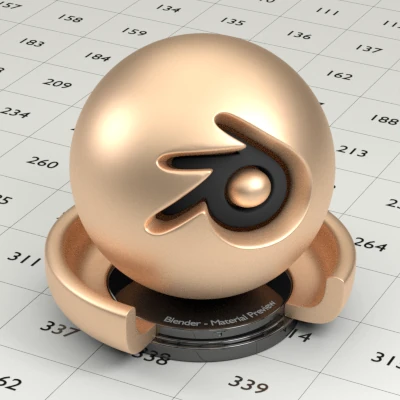
|

|
|
Material |
Titanio (predefinido) |
Aluminio |
Cobre |
Oro |
IR |
2.757, 2.512, 2.231 |
1.333, 0.945, 0.582 |
0.235, 0.729, 1.369 |
0.000, 0.470, 1.439 |
Extinción |
3.867, 3.404, 3.009 |
7.434, 6.340, 5.181 |
5.666, 2.562, 2.227 |
182.6, 2.189, 1.660 |